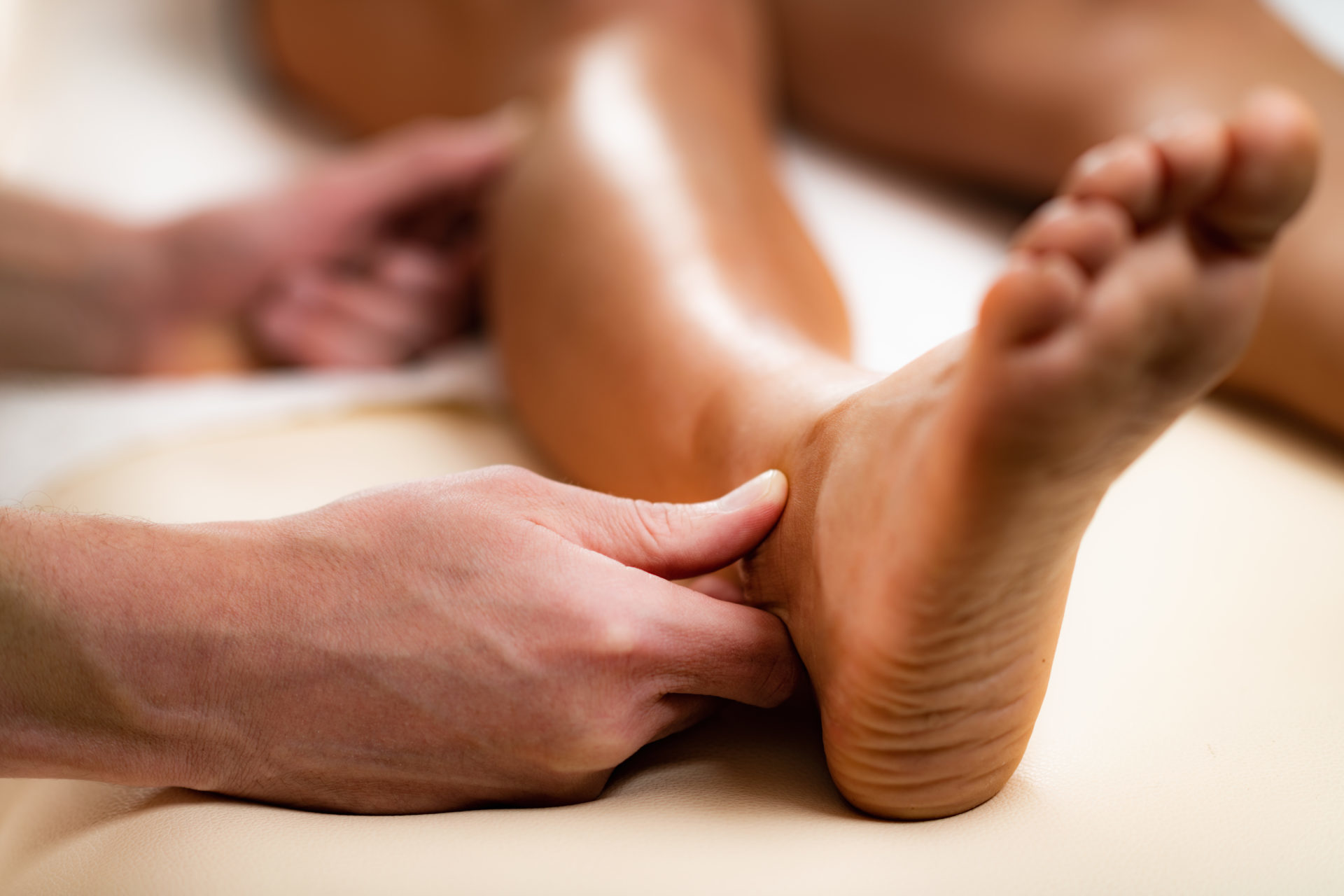Early intervention is the key
Lymphoedema and chronic oedema should always be assessed and treated by trained professionals who have completed specific training. Early intervention is key to the management of lymphoedema to avoid infection, skin breakdown, and possible hospitalisation.
Lipoedema is a fat disorder where fat is deposited disproportionately to the hips and thighs (and sometimes the arms) compared with other parts of the body. It is often mistaken for lymphoedema, even by medical and health care professionals. If you think you or someone you know has lipoedema, please make an appointment to be assessed by us.
Services offered
- Assessment and diagnosis of lymphoedema and/or lipoedema
- Advice and education
- Infection prevention advice
- Exercise prescription
- Compression garment prescription
- Laser therapy
- Manual lymphatic drainage
- Compression pump trial
Meet our Lymphoedema and Lipoedema team

Lymphoedema and Lipoedema

